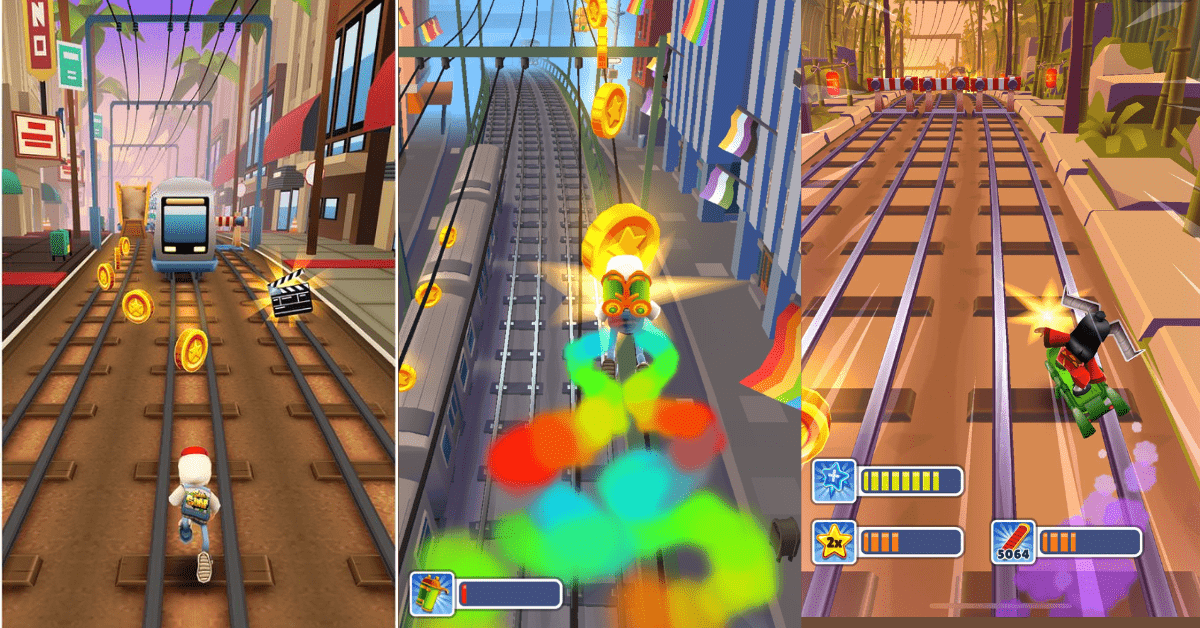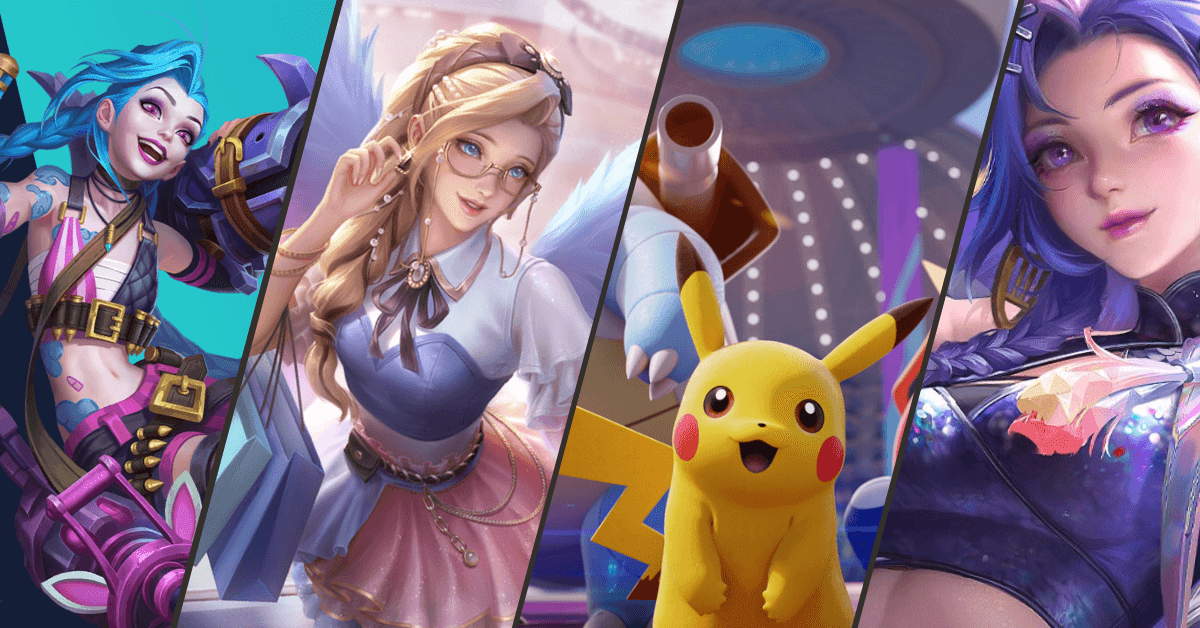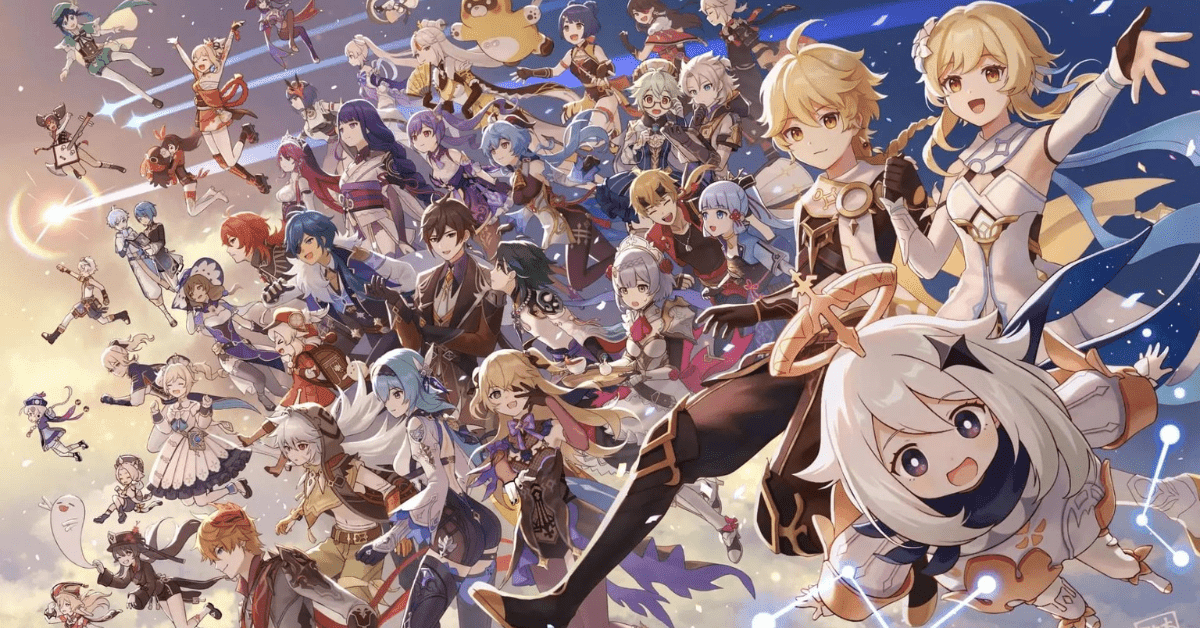![200+ Mobile Games Statistics: Market & Revenue Report [2024]](/static/55a0a70c307f3df9e1b55209c5f76181/81051/mobile-games-statistics5.png)
200+ Mobile Games Statistics: Market & Revenue Report [2024]
The mobile game market is constantly changing. If you’re a mobile game developer, publisher, marketer, or investor, you need to keep up with mobile games market trends and understand where the mobile gaming industry is heading. It’s the only way to make informed decisions. To help you out, I’ve put together more than 200 mobile …
Continue reading “200+ Mobile Games Statistics: Market & Revenue Report [2024]”
Latest
Recently Updated
Mobile Game Dissections
Mobile Game Market
User Acquisition
Monetization
Get the insider’s edge in mobile gaming



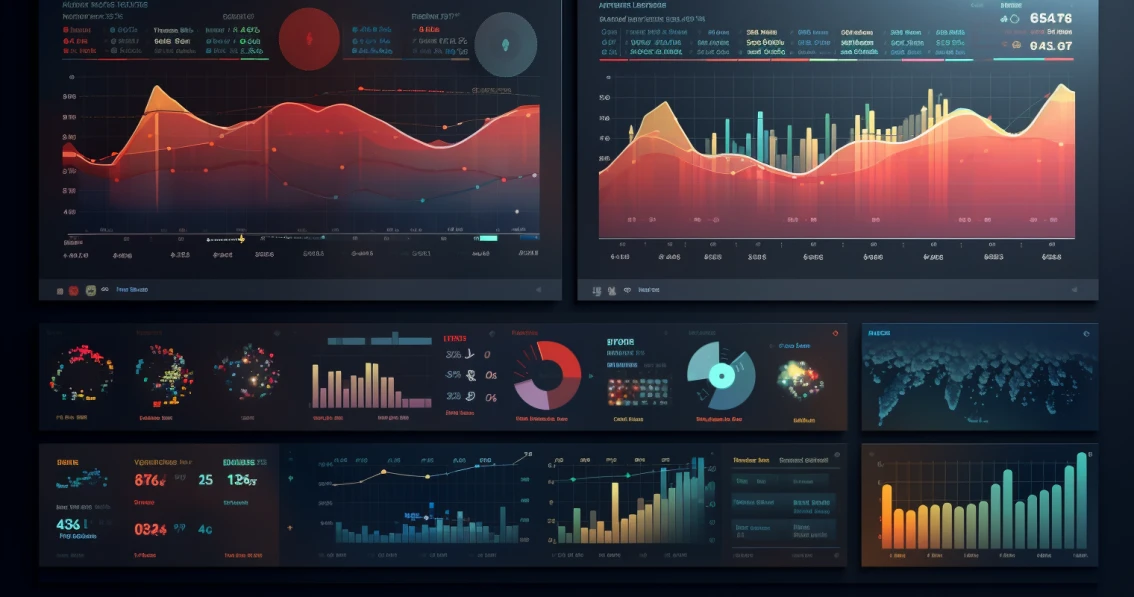
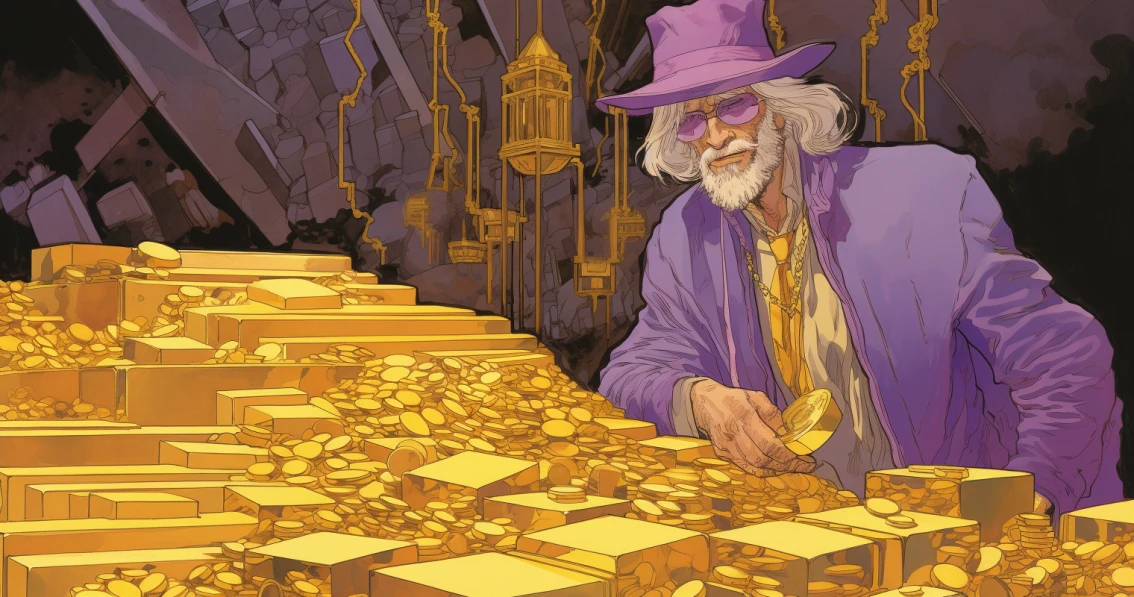





![Essential Mobile Marketing Trends for 2024 [Expert Insights]](/static/bf35a1be14d402b7e883651f8aa233a3/57412/mobile-marketing-trends.webp)
![55 Best Mobile App Conferences 2024 [Complete List]](/static/2c9df7b95da2df9ea6387c32b2f6ee17/57412/app-conferences.webp)

